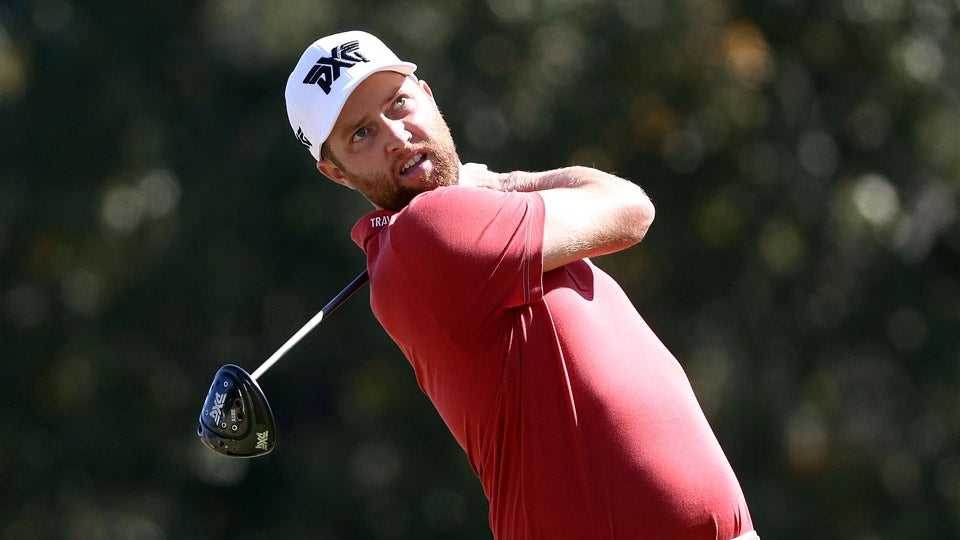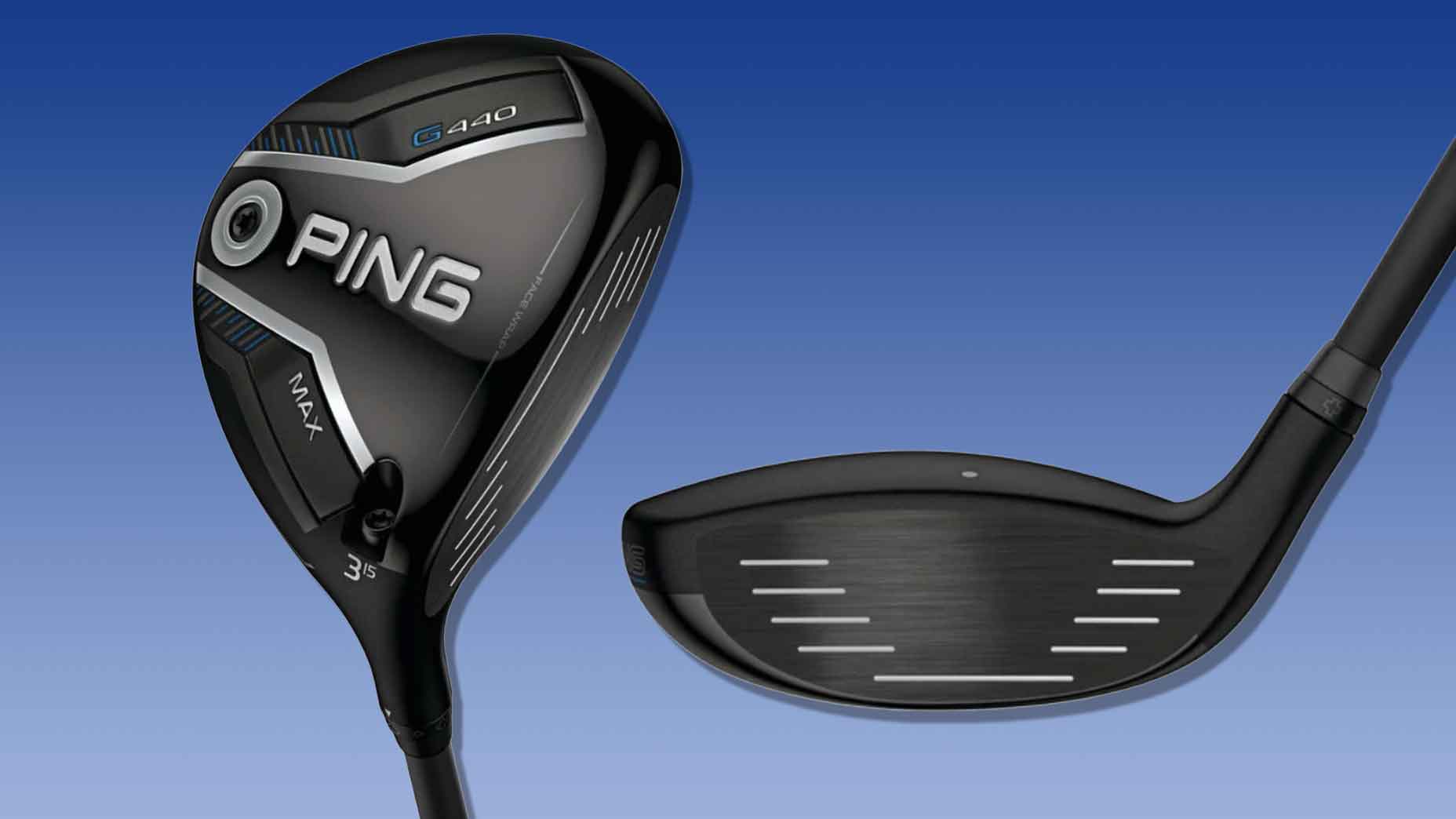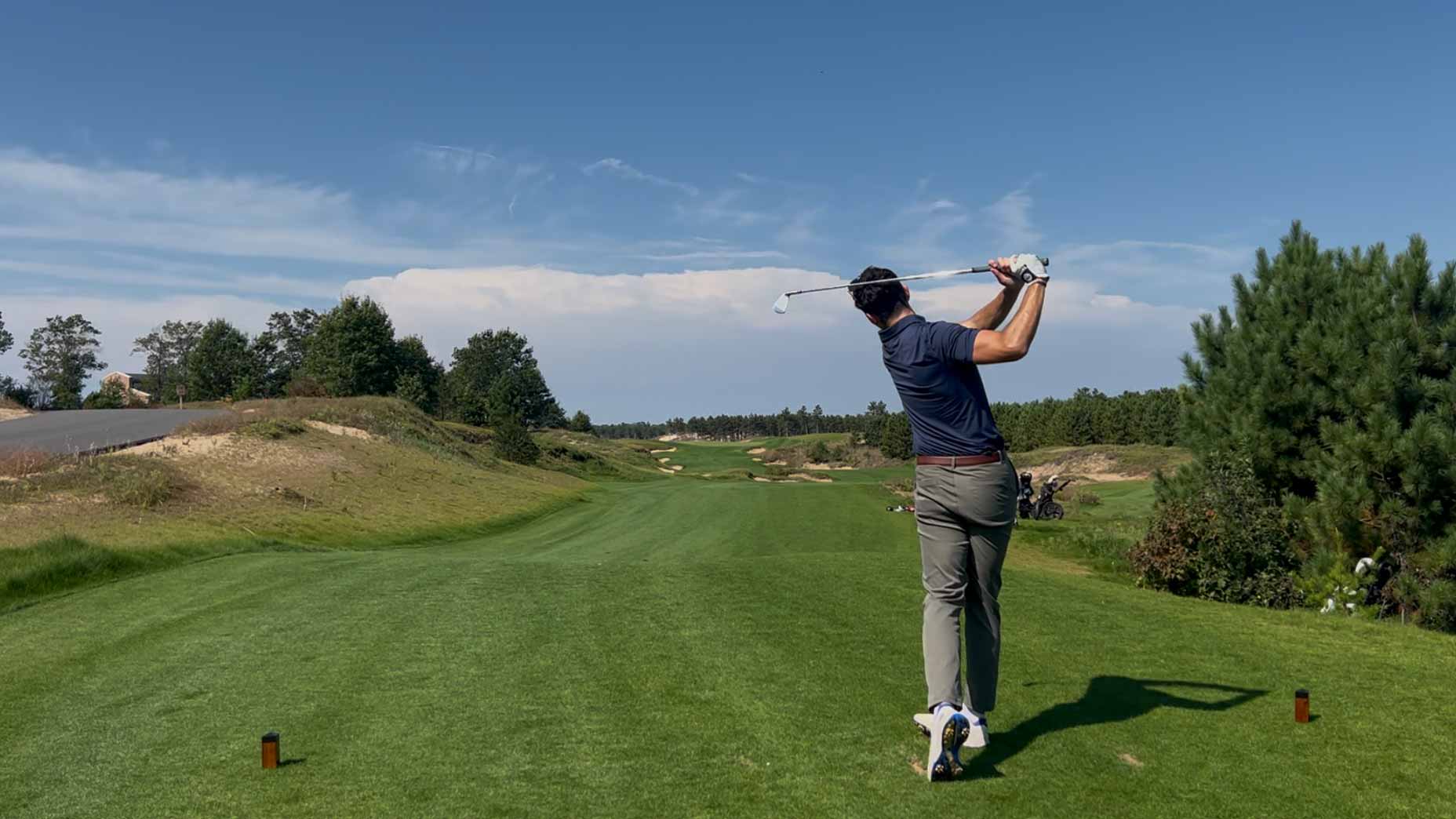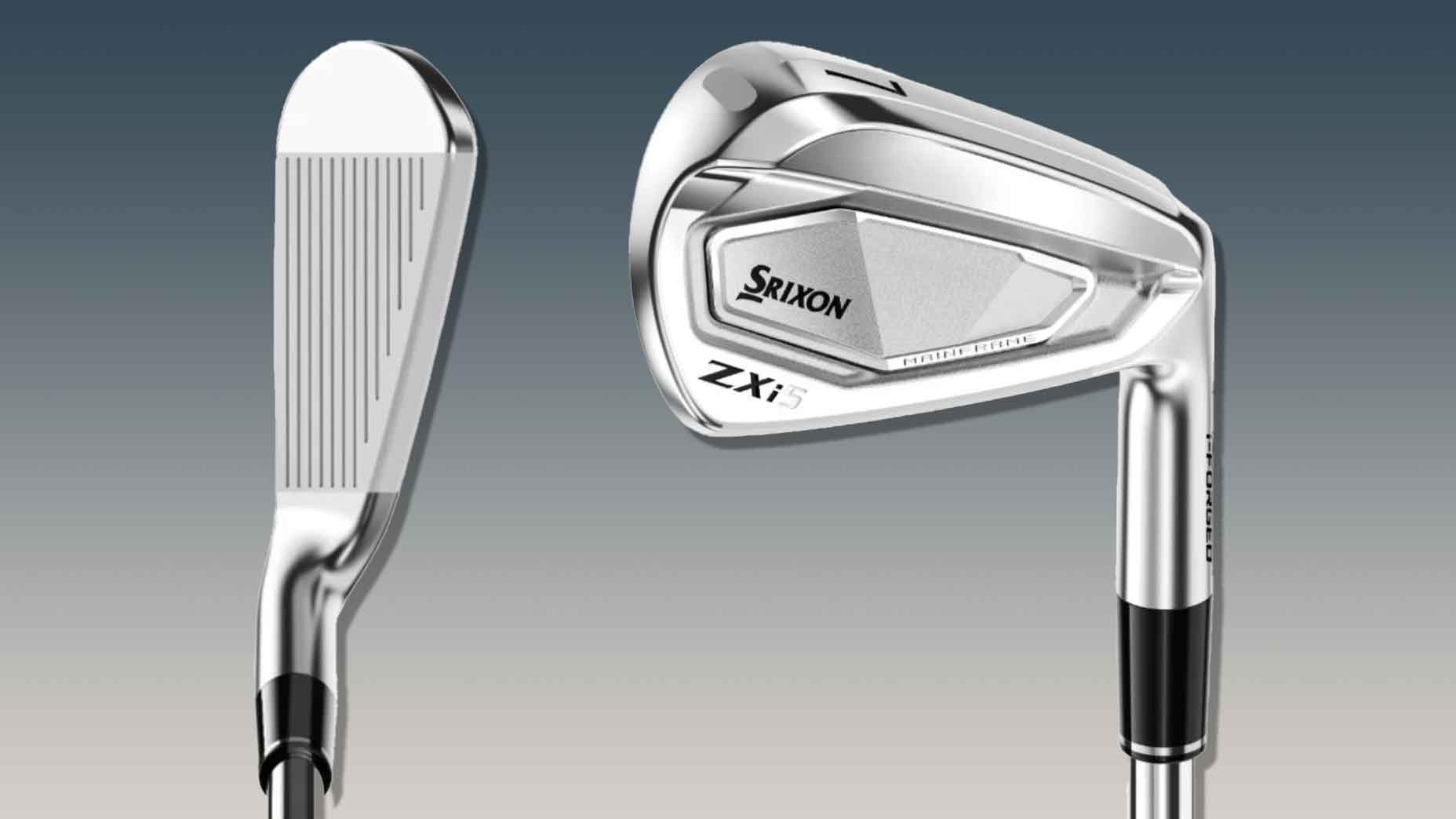In Chris Kirk’s rookie season on the PGA Tour, in 2011, he averaged 295 yards off the tee, which ranked him 56th in the driving distance category.
In 2018, the four-time Tour winner is a touch shorter, averaging 291 yards, but his driving-distance rank has dropped all the way to 155th.
This is evidence, of course, that Tour players are longer than ever, but Kirk raised eyebrows Saturday when he reflected on the cause of the distance boom, or rather what hasn’t caused it: advancements in equipment.
“The driver and the ball don’t go any further than they did eight years ago,” Kirk said after a second-round 73 at the Dell Technologies Championship. “That’s the thing that everybody is missing.”

So what has caused the spike?
Kirk pointed to firmer-and-faster course conditions and also to players spending more time in the gym. He also compared the boom to what has happened in professional baseball, with players better understanding the science of their swings.
“It’s like they’re hitting on Trackmans now, just like we do,” Kirk said of MLB players. “All these guys have figured out launch angle, spin rate, they’re hitting home runs. The ball is not different. The bat is not different. Guys are going to get better at every sport. Every professional sport, it doesn’t matter, guys continue to get better, that’s just the way it goes. I don’t see where did why everyone has such an issue with that.”

The governing bodies have been closely monitoring distance trends in recent years, with both USGA chief Mike Davis and R&A chief Martin Slumbers saying that the sharp increase in driving distance is a threat to the game.
The equipment manufacturers believe there are multiples causes for the spike. Wally Uihlein, the former CEO of Acushnet, the company that makes Titleist balls and clubs, has cited six primary factors that have fueled the power-game era, ball and driver advancements among them.






